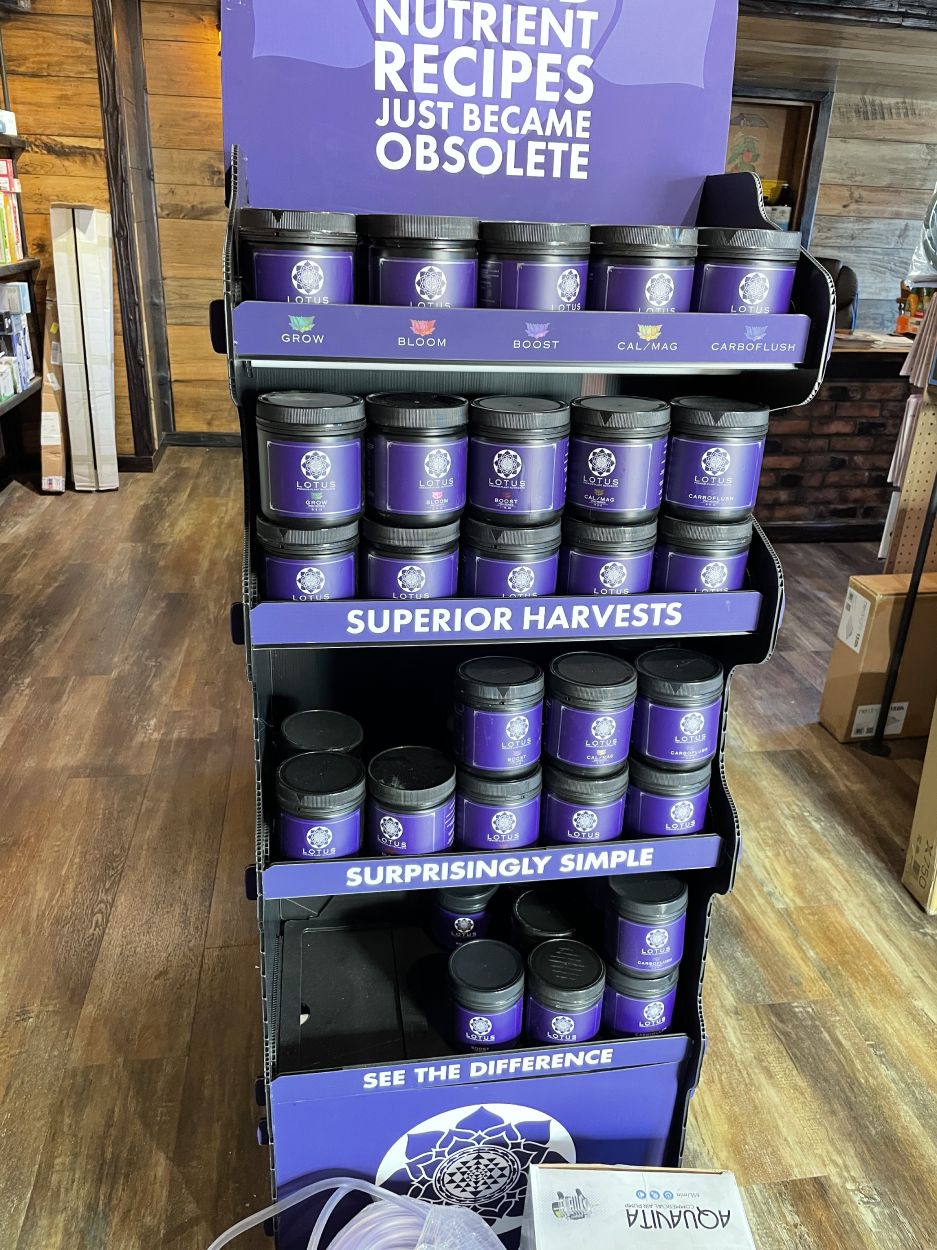The Indoor Earthworm Process: Your Secret to Flourishing Plant Kingdom Through Planting
Unlocking the Potential of Hydroponics: Recognizing Its Uses and Various Types
Hydroponics, a method of growing plants without soil, has actually amassed boosting interest for its prospective to change farming and gardening methods. The precision control over nutrient distribution, water usage, and ecological factors uses a peek right into a future where food production can be optimized in various settings. As we navigate with the elaborate landscape of hydroponic systems and methods, it becomes apparent that each method holds unique benefits and limitations. By unwinding the varied usages and kinds of hydroponics, we can uncover a globe of possibilities that might reshape how we imagine lasting farming and gardening techniques.
Benefits of Hydroponic Systems

Another benefit of hydroponic systems is the capacity to expand plants in a smaller area. By removing the need for dirt, plants can be expanded up and down or in stacked systems, optimizing the use of readily available area. This is specifically valuable in metropolitan locations or areas with minimal cultivable land. Hydroponic systems lower the threat of soil-borne conditions and insects, as there is no soil to harbor these threats. This results in much healthier plants and decreases the requirement for hazardous pesticides, making hydroponic farming a more lasting and eco friendly choice.
Usual Makes Use Of in Farming

Provided the efficient water conservation and space-saving advantages of hydroponic systems, it is evident that these ingenious agricultural methods have actually discovered common usages in numerous sectors of farming. In typical agriculture, soil-based farming can be land-consuming and labor-intensive. Hydroponics provides a remedy by permitting crops to be expanded without soil, lowering water usage by as much as 90% contrasted to conventional farming approaches. This makes hydroponics specifically appropriate for regions dealing with water shortage or limited cultivable land. The controlled environment of hydroponic systems enables year-round cultivation, supplying a regular supply of fresh fruit and vegetables regardless of exterior climate conditions.
Hydroponics is commonly made use of for growing a selection of plants, consisting of leafed eco-friendlies, tomatoes, cucumbers, natural herbs, strawberries, and peppers. Its flexibility includes vertical farming, city agriculture, and greenhouse production. Additionally, hydroponic systems are made use of in research and academic settings to study plant farming, growth, and nutrition methods. The flexibility and efficiency of hydroponics make it a valuable device in modern agriculture, attending to the obstacles of sustainability, food safety, and source optimization.
Discovering Various Hydroponic Strategies
What are the various innovative techniques used in hydroponics to enhance crop farming performance and produce? Hydroponic systems supply an array of methods that deal with various plant types and cultivation objectives. One preferred strategy is the Deep Water Culture (DWC) system, where plant roots are immersed in a nutrient remedy, supplying ample oxygen and nutrients. An additional extensively made use of technique is the Nutrient Film Method (NFT), which involves a shallow stream of nutrient option flowing over the plant origins, promoting water and nutrient uptake. In addition, the Ebb and Circulation system, likewise called the Flooding and Drainpipe system, periodically floodings the plant origins with nutrient service, permitting oxygenation throughout draining durations. Aeroponics is one more cutting-edge strategy that involves misting plant origins with a nutrient remedy, making best use of oxygen absorption and nutrient uptake. Each of these methods showcases the convenience and effectiveness of hydroponic systems in improving plant development and return.
Contrasting Various Hydroponic Solutions
Checking out the efficiency and yield improvement methods in hydroponics leads us to compare various hydroponic systems available for plant growing. Each hydroponic pop over to this site system has its unique attributes, benefits, and limitations, making it critical for farmers to choose one of the most suitable system based upon their details demands and restraints.
One of the most common hydroponic systems is the nutrient film strategy (NFT), where a thin movie of nutrient service constantly streams over the plant origins. In contrast, the deep water society (DWC) system submerges plant roots straight right into the nutrient service, providing ample oxygen and nutrients.
One more popular hydroponic system is the ebb and circulation (or flood and drainpipe) system, which occasionally floodings the plant roots with nutrient option prior to draining it. By recognizing the distinctions between these hydroponic systems, growers can make educated decisions to make the most of plant yield and top quality.
Advancements in Hydroponic Modern Technology
With advancements in hydroponic innovation, the agricultural market is seeing a change in the direction of extra effective and sustainable growing approaches. read review Advancements in hydroponic modern technology are reinventing the way plants are expanded by making the most of yields, saving sources, and decreasing environmental effect. One essential innovation is the growth of wise hydroponic systems that use sensing units and automation to keep track of and change environmental problems such as pH degrees, nutrient focus, and light exposure in real-time. These systems enable exact control over expanding conditions, resulting in optimal plant development and greater crop returns.
Another notable development is the integration of vertical farming methods with hydroponic systems, enabling for the growing of crops in piled layers. This upright strategy takes full advantage of space utilization, making it suitable for urban environments where land schedule is limited - The Indoor Earthworm. Additionally, the usage of advanced LED lights systems tailored to certain plant needs has improved energy efficiency and improved development prices in hydroponic configurations
Developments like these are driving the advancement of hydroponics, making it a lasting and very eye-catching choice for contemporary farming.
Final Thought
Finally, hydroponics supplies various advantages in agriculture and has different techniques and systems that can be utilized to maximize its possibility. Developments in hydroponic modern technology remain to boost performance and sustainability in food production. By comprehending the usages and various kinds of hydroponic systems, farmers and cultivators can open the full possibility of this ingenious technique of growing plants without dirt.
Furthermore, hydroponic systems allow for far better control over nutrient degrees, pH balance, and ecological conditions, leading to healthier plants and greater yields.
